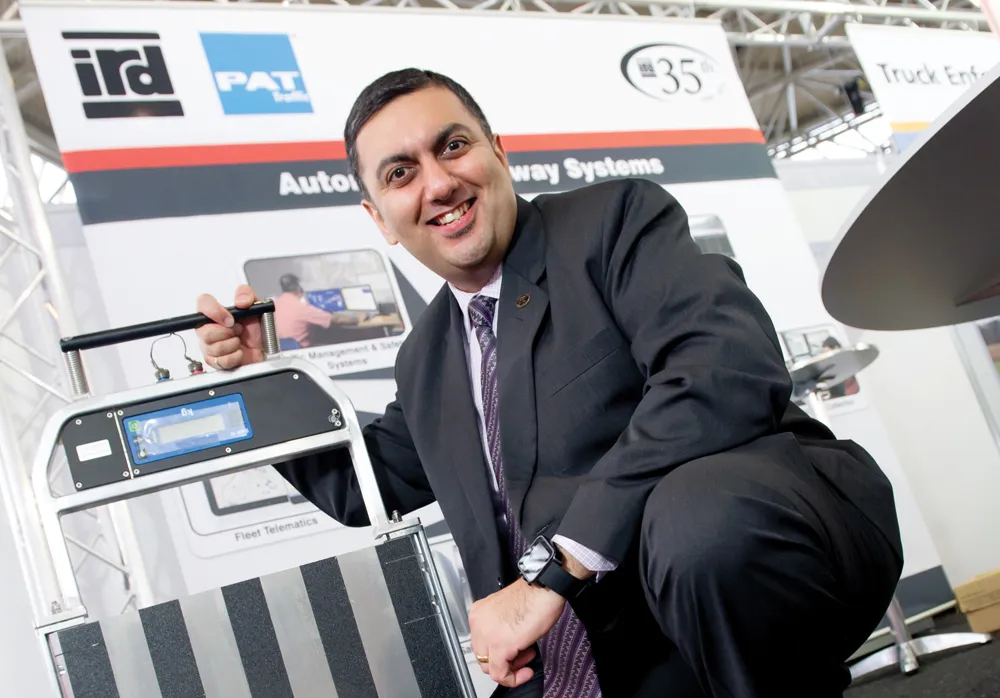Kapsch TrafficCom North America as launched a new suite of end-to-end commercial vehicle enforcement (CVE) solutions that it claims can help maximise state enforcement resources, improve vehicle compliance and increase road safety.
January 15, 2016
Read time: 1 min

The modular solutions can be deployed on the mainline, virtually or in mobile situations. Included in the product offerings are: 24/7/365 truck screening; real-time permit, and credential enforcement; direct weigh-in-motion (WIM) enforcement; and supervised third-party assistance. Kapsch’s back office solutions add the flexibility to provide violation processing, collections, customer care and more.









